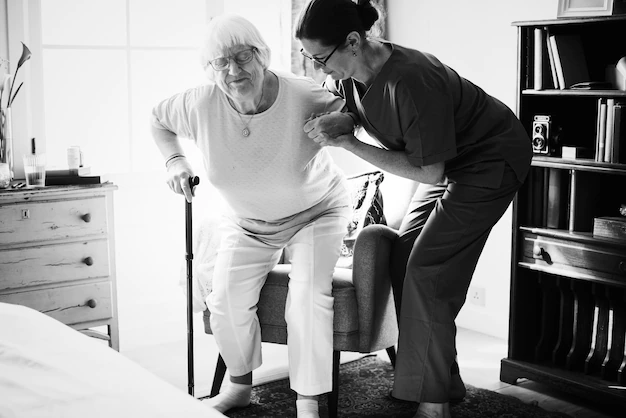Every medical condition is unique, as is each person’s health and comprehension of their situation. It may be difficult to select a medical transportation service that is appropriate for your business, patient, customer, or community.
Choosing the best long- or short-distance medical transportation service to safely transport your loved one to a medical visit requires research, especially if this is your first time.
“Your medical transport service should offer the right kind of services, such as skilled paramedics, proper facilities, and so on,” says Pranav Bajaj, the founder. He also added, “Our transportation services cover a variety of modes such as wheelchairs, taxicabs, sedans, SUVs, stretcher cars, and even air travel if necessary. Some people mediate the transportation arrangements between the transporters, patients, and healthcare facilities. On-demand non-emergency medical transportation based on technology is the way out for driving-disadvantaged patients.”
Here are six tips to help you select the best non-emergency medical transportation company for your needs.
- Safety First:
- Timelines:
- Door-to-door:
- Service Offering:
- Short Long Distance Transportation:
- Vehicle Maintenance:
It is critical to choose a company that provides peace of mind. Inquire about emergency procedures, hiring methods, and references. A trustworthy business should have no issue providing references. The greatest medical transportation firms take great pride in their safety standards.
Accidents can happen at any time, according to medical authorities. Find out how quickly the organization can respond to an emergency request. They also offer services. A nurse, EMT, or paramedic will be on board, as well as additional equipment.
The best way to leave a lasting impression is to provide door-to-door service. Coordination of medical transportation for your client can be difficult. You don’t want to overlook any aspects of your patient’s experience.
Ambulatory transportation, wheelchair transport services, basic life support ambulance, and advanced life support ambulance are examples of door-to-door services.
The best non-emergency medical transportation firms have a staff of professionals who can handle a wide range of conditions. These companies provide excellent service and provide multiple escort options.
Check to see if the transportation firm is in your service region. The greatest transportation company will be open and honest about the places they serve.
When flying abroad or transporting a patient to the best institution, long-distance medical transportation is required. Look for a medical transportation company that offers a medical staff to accompany the patient from the hospital or clinic to the airport and throughout the layover. If your patient is fit enough to fly, inquire about flight escorts. This means of transportation is suitable for people who are mentally competent but require medical monitoring.
Another critical element to consider is the upkeep and repair of the fleet of vehicles. Inquire about the vehicle’s make and model, as well as the state-mandated inspection or smog check.
Non-emergency transportation businesses in your service area will be most useful. Discuss all of your specifications and unique features in-depth so that they can serve you at their best! Compare the prices to get a good picture of how affordable Non-Emergency Transportation services are.
Also Read: In The Ambulance, We Have The Following Key Support Equipment








